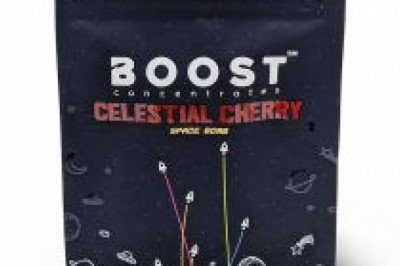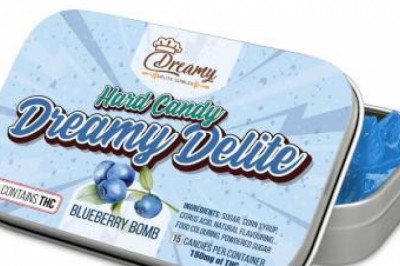views
Our company uses plasma thermal spraying technology on the driving roller of production equipment such as coating machine, printing machine, dyeing machine, tape and diapers to form anti-stick wear-resistant coating, thus obtaining the so-called anti-sticking roller.
The advantage of anti-sticking roller
In the usual production work, the driving roller of the equipment will contact with the coating surface, printing surface or dyeing surface, resulting in the pollution of the roller by the wet printing and dyeing surface, making the surface pattern effect of the product greatly reduced. Therefore, we need to make surface coating for the driving roller in these production equipment to improve its performance, so that it is not affected by other factors, resulting in the reduction of production efficiency.
The peel strength of the traditional coating "Teflon" is too strong for hot melt adhesive, and the effect of anti-viscosity and wear resistance formed by the anti-sticking roller is not so good. Therefore, we need a new coating technology to improve the performance of the anti-sticking roller, so as to improve the production efficiency of the driving roller in the production. Our company invented by thermal spray coating, used the plasma thermal spray technology, low coating peel strength, good abrasion resistance, excellent overall performance bit teflon dozens of times, the new type of anti-sticking wear resistant coating can solve traditional teflon coating of low viscosity and abrasion resistance, widely used in many industrial areas, our anti-sticking coating technology in the domestic leading level, The production of anti-sticking roller performance is excellent, reliable quality.
The plasma sprayed ceramic materials used in fiber wear resistant coating mainly include alumina, titanium oxide and chromium oxide. This kind of material has high hardness, corrosion resistance, good toughness and other properties, so the anti-sticking roller has anti-viscosity and good wear resistance, in the case of insufficient lubrication and heat dissipation, has excellent and stable wear resistance and friction reduction performance. The coating has a compact structure and polishable surface, controlling the roughness of the orange peel appearance. With moderate friction coefficient, so that the spinning fiber has moderate twist and tension. At the same time, it has semiconductor characteristics and can eliminate the static electricity generated by fiber friction.
Spraying technology of anti-sticking coating
Plasma spraying is a material surface strengthening and surface modification technology, can make the substrate surface with wear resistance, corrosion resistance, high temperature oxidation resistance, electrical insulation, heat insulation, radiation resistance, wear reduction and sealing properties. Plasma spraying technology is a method of heating ceramic, alloy, metal and other materials to molten or semi-molten state by using plasma arc driven by direct current as a heat source, and then spraying to the surface of the pretreated workpiece at high speed to form a solid surface layer. Plasma spraying is also used in medical applications, where a coating of tens of microns is applied to the surface of artificial bones as a way to strengthen them and enhance their affinity.
Iso-particle spraying is carried out by plasma arc, ion arc is compressed arc, compared with free arc, its arc column is smaller, current density is larger, gas ionization degree is higher, so it has high temperature, energy concentration, arc stability and other characteristics. There are three forms of plasma arc according to the method of electric connection:
Non-transfer arc: refers to the plasma arc generated between the cathode and the nozzle. In this case, the positive electrode is connected to the nozzle, the workpiece is not charged, and the arc is generated between the cathode and the inner wall of the nozzle. The working gas is heated through the arc between the cathode and the nozzle, causing all or part of the ionization, and then ejected by the nozzle to form a plasma flame (or plasma jet). Such plasma arcs are used in isoparticle spraying.
(2) Transfer arc: the arc is transferred from the spray gun to the plasma arc on the processed parts. In this case, the nozzle is not connected to the power supply, the workpiece is connected to the positive pole, the arc flies over the cathode and anode (workpiece) between the gun, the working gas is sent around the arc, and then ejected from the nozzle.
Plasma cutting, plasma arc welding, plasma arc smelting is used in this kind of plasma arc.
(3) Combined arc: the non-transfer arc ignites the transfer arc and heats the metal powder, and the transfer arc heats the workpiece to produce molten pool on its surface. In this case, the nozzle and the workpiece are connected to the positive pole. The plasma arc is used in plasma spray welding.
The arc heats and ionizes the imported working gas into a high temperature plasma, which is ejected from the nozzle to form a plasma flame. The temperature of the plasma flame is very high, and the temperature of the center of the plasma flame can reach 30000° K, and the temperature of the nozzle outlet can reach 15000~20000° K. The velocity of flame flow can reach 1000~2000m/s at the nozzle exit, but it rapidly decays. The powder is fed into the flame by the powder gas to be melted, and accelerated by the flame flow to get a speed of more than 150m/s, and sprayed onto the matrix material to form a film.











